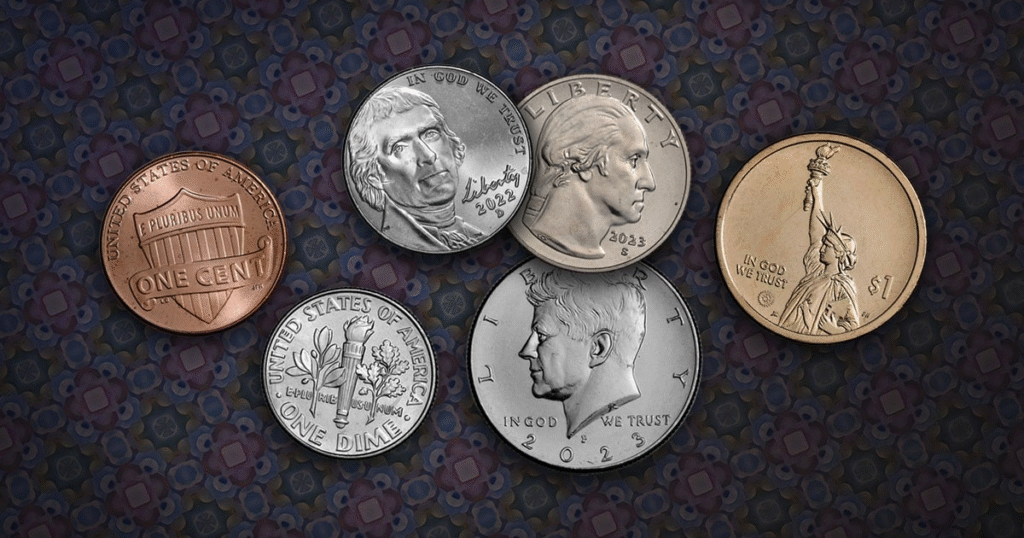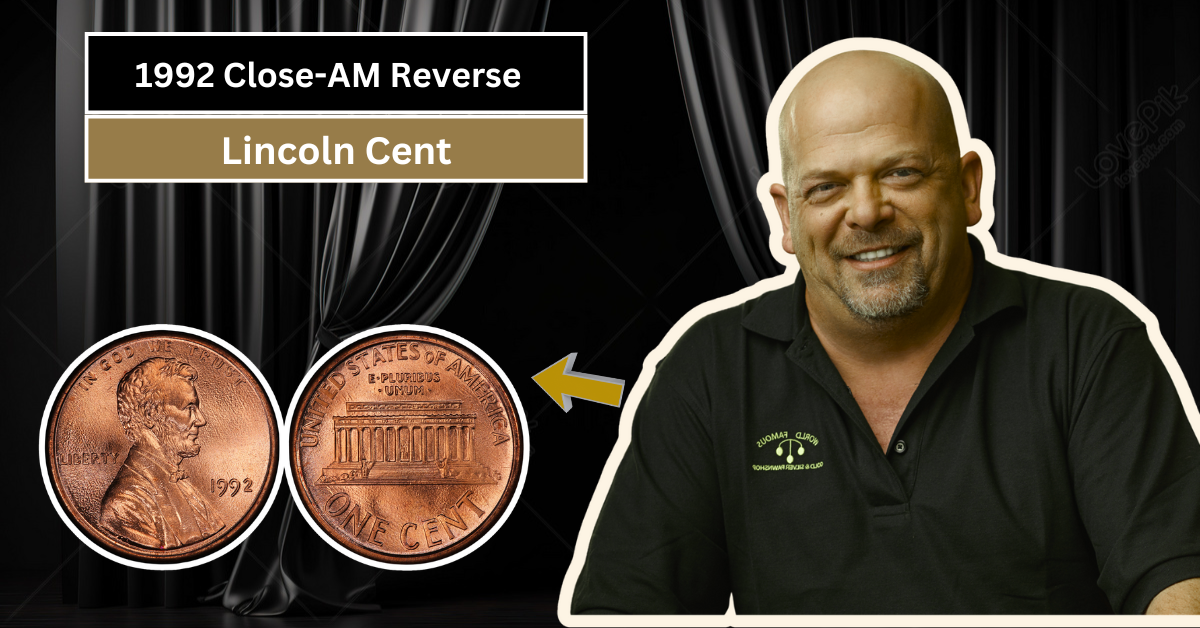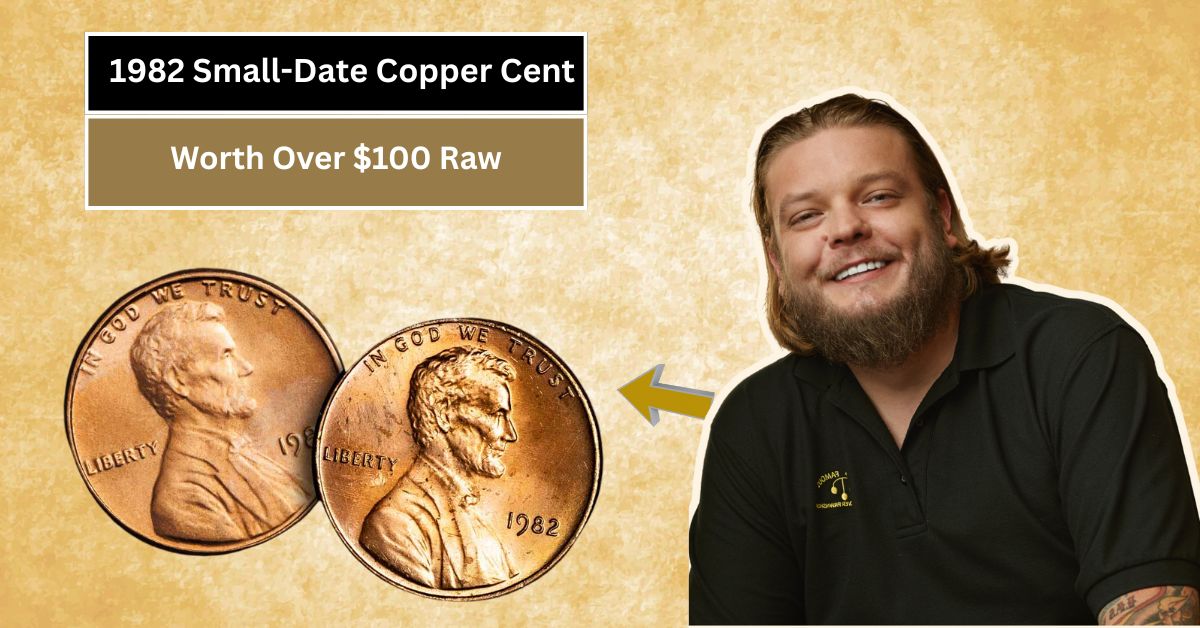The Lincoln Wheat Penny, also called the “Wheat Cent,” was introduced in 1909 to honor the 100th birthday of Abraham Lincoln. It was the first U.S. coin to feature a real person’s portrait. These pennies were minted until 1958 and are easily recognized by the two wheat ears on the reverse (back) side.
Although it was only a one-cent coin, the design, history, and rarity of certain editions have made it extremely valuable today — especially to coin collectors.
Why Is One Penny Worth $7.3 Million?
This Article Includes
The specific Lincoln Wheat Penny that sold for $7,395,000 is no ordinary one. This ultra-rare coin is believed to be a 1943 bronze Lincoln Wheat Penny. Here’s the backstory:
In 1943, during World War II, the U.S. Mint switched from copper to zinc-coated steel to save copper for war supplies. However, by mistake, a few bronze (copper-based) pennies were minted that year using leftover copper planchets (coin blanks) from 1942.
Only a handful of these rare bronze 1943 pennies are known to exist today. Because of their unexpected material and historical significance, these coins have become some of the most sought-after and valuable in the world.
One of them was reportedly auctioned for over $7 million, making it one of the most expensive coins in U.S. history.
How to Know If You Have One?
Not all Lincoln Wheat Pennies are worth millions, but some are still valuable — especially rare ones from specific years or with minting errors.
Here’s what to check:
- Date: Look for 1943 pennies. If your 1943 penny sticks to a magnet, it’s steel and common. If it doesn’t stick, it may be copper — and potentially worth a lot.
- Mint Mark: Look under the date for letters like “D” (Denver) or “S” (San Francisco). Some specific combinations can make your coin more valuable.
- Condition: Coins in mint or uncirculated condition fetch higher prices.
- Error Coins: Check for double-dates, missing details, or unusual coloring — these might be minting errors that raise the coin’s value.
Are These Coins Still in Circulation?

Yes, technically. While it’s rare, some people might unknowingly use old coins in regular transactions. That means a Lincoln Wheat Penny — even a valuable one — could still end up in your change from a shop, vending machine, or parking meter.
People often don’t pay close attention to pennies, which makes it even more likely that these historic coins can quietly stay in circulation.
What Should You Do If You Find One?
If you suspect your penny might be rare or valuable:
- Do not clean it. Cleaning can reduce its value.
- Use a magnet: If it’s from 1943 and doesn’t stick to a magnet, it could be a bronze version.
- Compare online: Check coin collector websites or forums for value ranges.
- Get it appraised: Take it to a professional coin appraiser or numismatist.
- Consider grading: If your coin looks promising, get it officially graded by organizations like PCGS or NGC for authenticity and condition.
Why Are Coins Like These So Valuable?
Several factors drive the price of rare coins:
- Rarity: The fewer coins in existence, the more collectors are willing to pay.
- Demand: Collectors are always looking for pieces to complete their collections.
- Condition: Well-preserved coins in original condition are worth more.
- Historical importance: Coins made during major events (like World War II) attract more interest.
Final Thoughts
Most of us don’t give a second thought to the coins in our pockets. But maybe it’s time we do. A single Lincoln Wheat Penny — just one cent — could be the key to a life-changing amount of money. The next time you receive change at a store or open your coin jar at home, take a moment to check.






